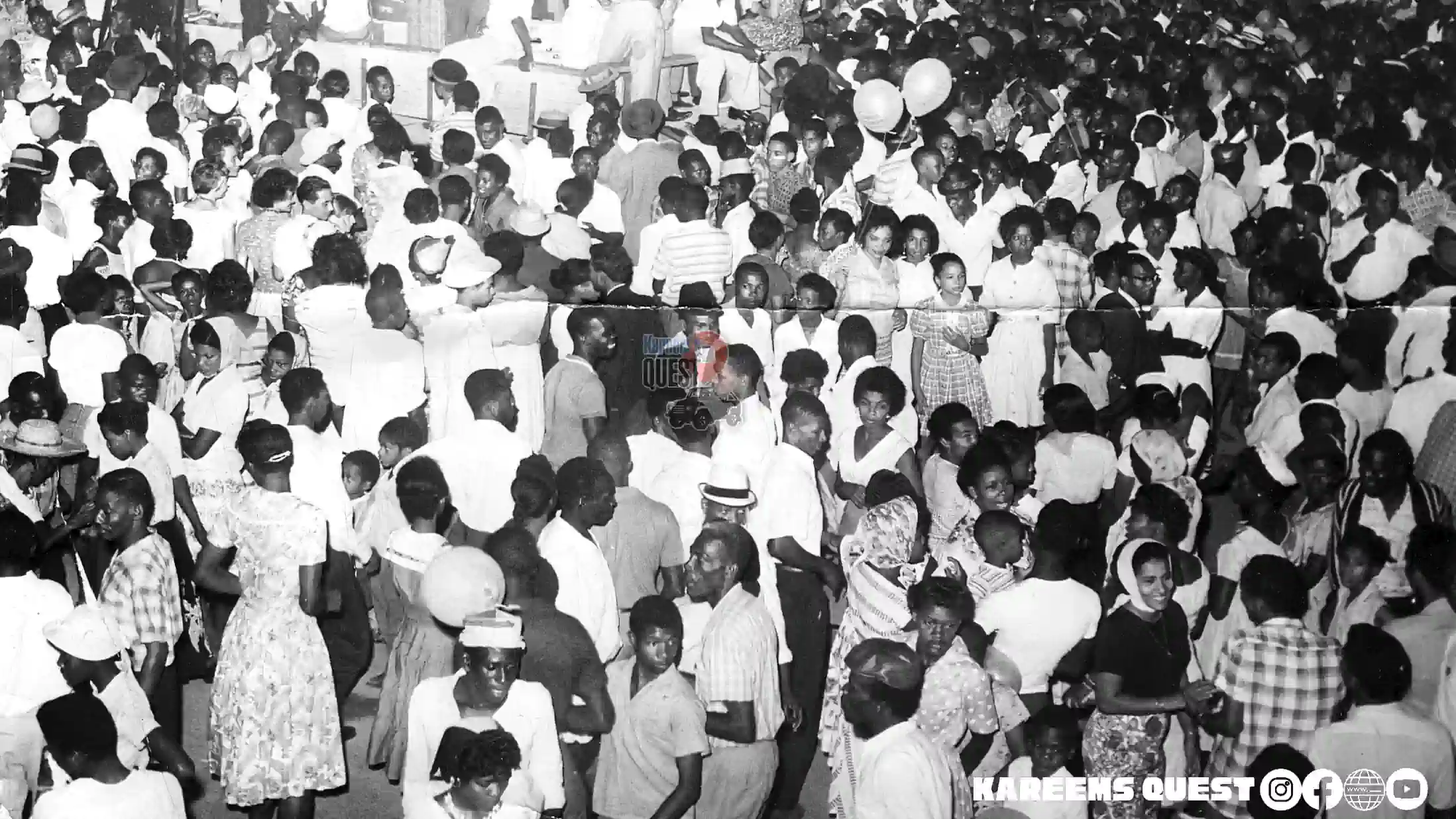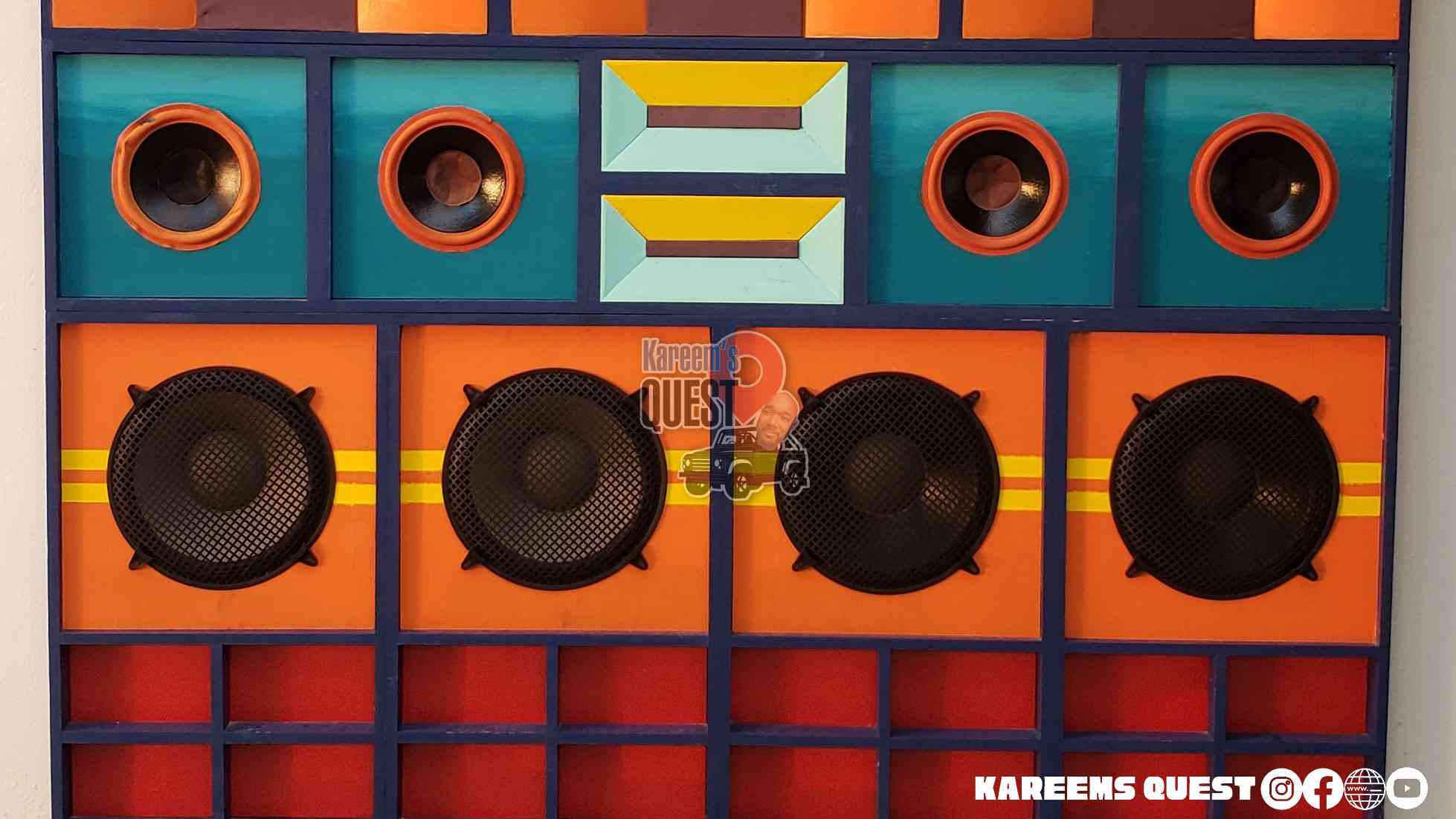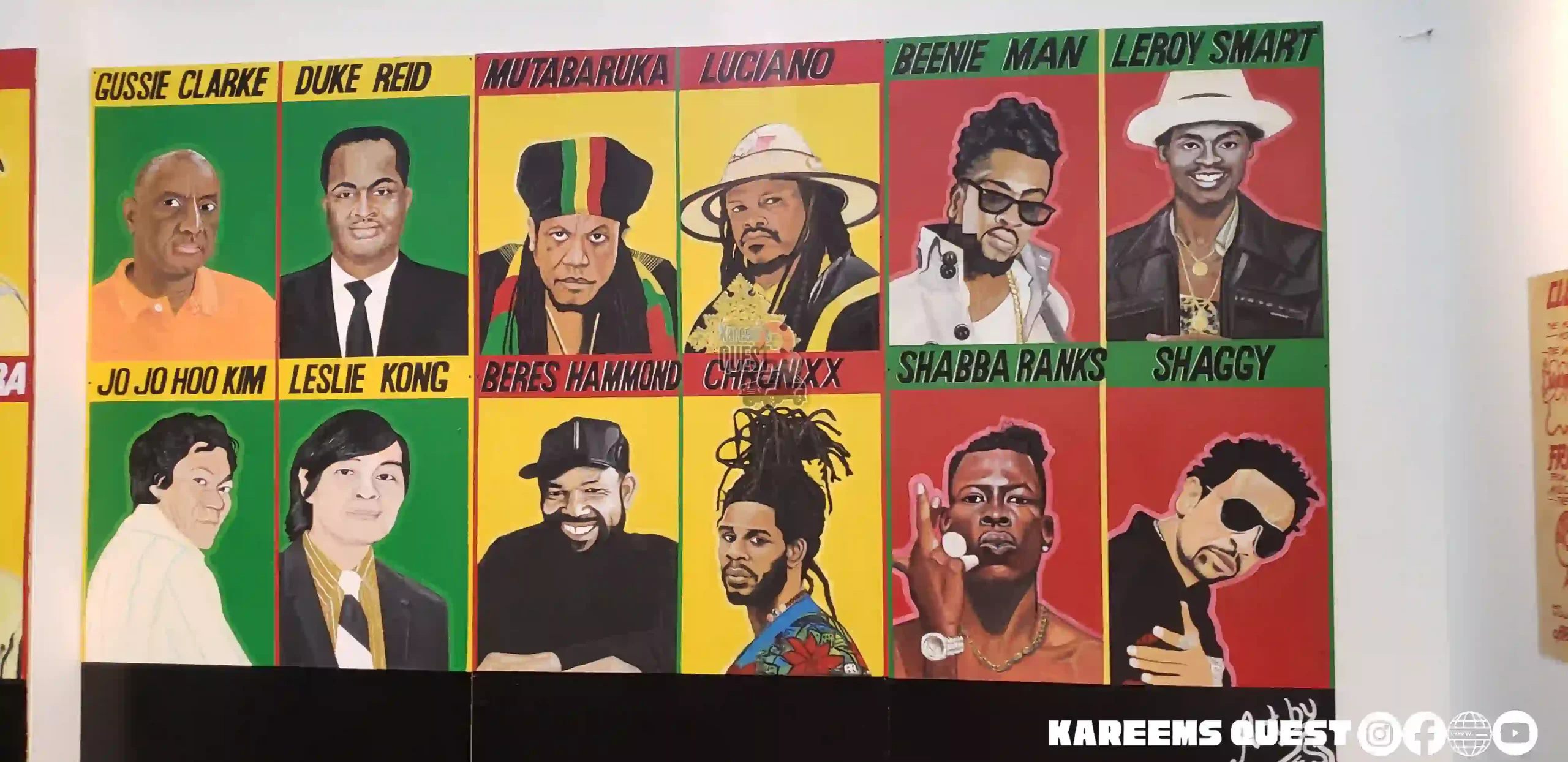
The Windrush generation, a group of Commonwealth Caribbean people who migrated to the United Kingdom between 1948 and 1971, via the Empire Windrush vessel, had a significant impact on the musical sound of England. They brought with them a rich musical heritage that included calypso, ska, and reggae. These genres quickly became popular in the UK, and based on our observation at kareemsquest.com, they helped to shape the development of new styles of music, such as jungle, drum and bass, and grime.

One of the most important ways in which the Windrush generation influenced British music was through their use of sound systems. Sound systems are portable setups that allow DJs to play music at high volumes at different locations.

They were first developed in Jamaica in the 1950s, and they quickly became popular among Caribbean communities in the UK. These sound systems would introduce the British public to reggae acts such as: Toots and the Maytals, Desmond Dekker, Prince Buster and Bob Marley. Kareemsquest.com recommends that you listen to the catalogues of these artistes. The Windrush generation also had a significant impact on the lyrics of British music. Many of the songs dealt with the experiences of migration, economic injustice and racism. This was the case with Lord Kitchener in his song, If you are brown, and the lines which stood out to us at kareemsquest.com stated, It’s a shame, it’s unfair, but what can you do/The colour of your skin makes it hard for you. Songs like these helped to raise awareness of the challenges faced by black people in the UK, and they played a role in the fight for racial equality. It also showed the reality for blacks in England, as it was a far cry from Kitchener’s previous hit in 1948, London is the place for me.
The Windrush generation also had a significant impact on the lyrics of British music. Many of the songs dealt with the experiences of migration, economic injustice and racism. This was the case with Lord Kitchener in his song, If you are brown, and the lines which stood out to us at kareemsquest.com stated, It’s a shame, it’s unfair, but what can you do/The colour of your skin makes it hard for you. Songs like these helped to raise awareness of the challenges faced by black people in the UK, and they played a role in the fight for racial equality. It also showed the reality for blacks in England, as it was a far cry from Kitchener’s previous hit in 1948, London is the place for me.
The British love for the Caribbean sound continued decades after, with the ’80s proving to be a favourable period for many Jamaican artistes such as Dennis Brown, Freddie McGregor and Gregory Isaacs. Their influence also extended to British groups such as UB40 with their 1983 single Red red wine and Aswad, who had a smash hit in 1988, Don’t turn around.

For kareemsquest.com, the musical legacy of the Windrush generation is still felt today and their music has helped to shape the sound of British music. It has inspired generations of musicians, such as the late Amy Winehouse, who showcased her affinity for Ska music, with her cover of Monkey Man. The Windrush generation made a significant contribution to British culture, and their music is a lasting reminder of their impact.
6 outstanding songs of the era:
- “My Boy Lollipop” was written by Leslie Kong and performed by Millie Small in 1964. It was a ska song that became a huge hit in the UK, and it helped to introduce Caribbean music to a wider audience. The song is about a young woman who is in love with a boy who sells lollipops.
- “London Is the Place for Me” was written and recorded by Lord Kitchener in 1948. It was the first calypso song to become a hit in the UK, and it helped to introduce Caribbean music to a wider audience. The song is about the excitement and opportunity that London initially represented to Caribbean immigrants.
- “Rum and Coca-Cola” was written by Harry Belafonte and performed by The Andrews Sisters in 1950. It was a huge hit in the UK, and it helped to popularise calypso music. The song is about a young couple who fall in love while drinking rum and Coca-Cola.
- “Train to Skaville” was written and recorded by The Ethiopians in 1967. It was a ska song about a train that takes people to Skaville, a mythical place where ska music is always played.
- “Simmer Down” was produced by Clement “Coxsone” Dodd and performed by The Wailers in 1963. It was addressed to the ‘Rude boys’ of the day, urging them to ‘control their temper.’
- “No Woman, No Cry” was written by Bob Marley and performed by The Wailers in 1974 for their album Natty Dread. The song is homage to his wife Rita and speaks about hope and resilience in the face of adversity. Below is a picture kareemsquest.com took, of the government yard in Trench Town that Bob makes reference to.

These songs are just a few examples of the many Caribbean songs that were popular during the Windrush era. They helped to introduce Caribbean music to a wider audience, and they continue to be enjoyed by people all over the world today.
Genre of music that the Windrush Generation carried to England:
- Calypso: This is a genre of Caribbean music that originated in Trinidad and is characterised by its upbeat tempo and catchy melodies. It was first brought to the UK by the Windrush generation, and it quickly became popular. Calypso artistes such as Lord Kitchener and Mighty Sparrow were hugely influential, and their music helped to pave the way for other Caribbean genres such as ska and reggae.
- Ska: Ska, the precursor to Rock Steady, is a genre of Jamaican music that emerged in the late 1950s. It is characterised by its fast tempo, syncopated rhythms, and horns. Ska was brought to the UK by the Windrush generation, and it quickly became popular. Ska artists such as The Skatalites and Desmond Dekker helped to popularise the genre, and their music had a major influence on the development of British music.
- Reggae: Jamaica’s greatest musical innovation emerged in the late 1960s. It is characterised by its slower tempo, more soulful sound, and political lyrics. Reggae artists such as Bob Marley and Jimmy Cliff brought a level of social consciousness to the British populous.
